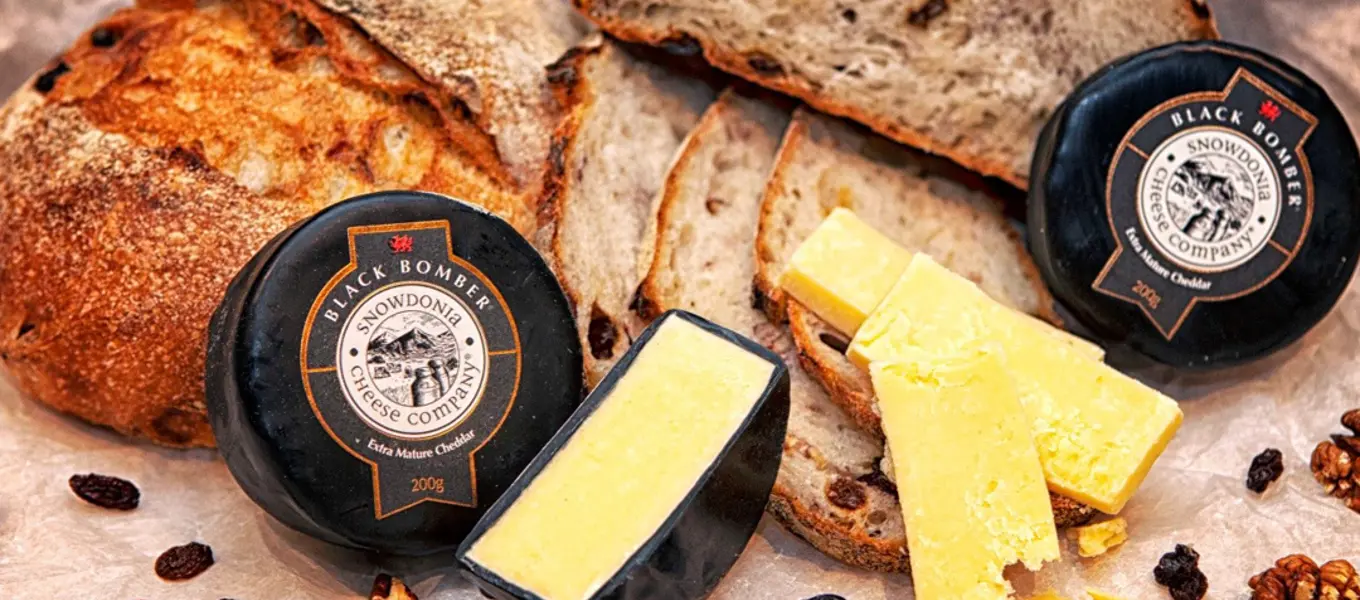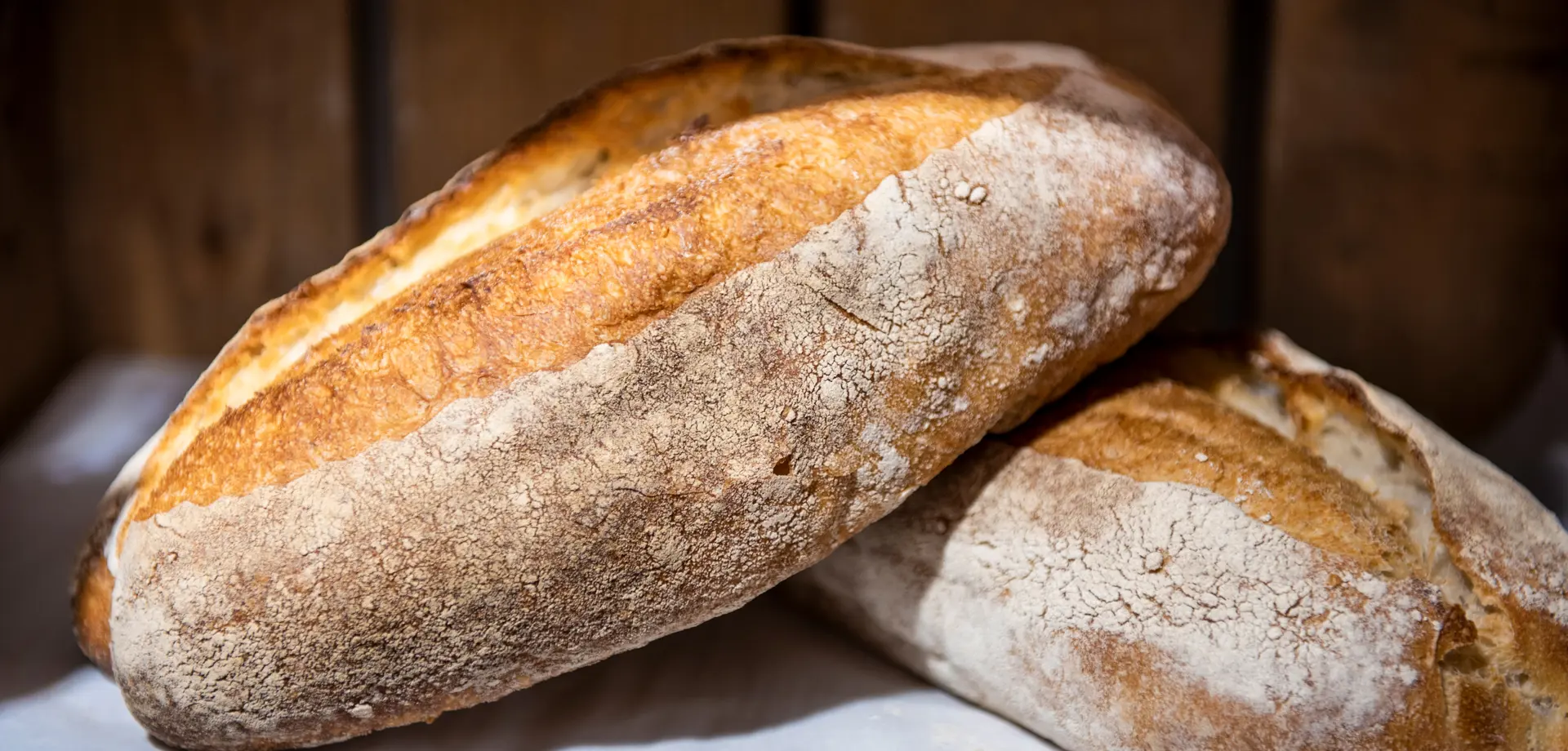The art of sourdough
The art of leavening bread solely by developing the latent characteristics present in grain has been practised for thousands of years. Our early bread-baking ancestors learned that by skilful and patient fermentation of the flour, thriving cultures of microorganisms could be induced to take up residence in a little bowl of flour paste, and the resulting sourdough culture (leaven) could then be used years after year to make bread that was not only light in texture, due to the yeast in the culture, but delicious as well, thanks mostly to the presence of lactic bacteria that contributed to the development of flavour.
The process of bread baking is a simple endeavour, yet at the same time it can be one of enormous complexity. The merest of ingredients are required, and these few are easily obtained, requiring little complexity in their preparation. And, since so few ingredients are needed or necessary to the bread baker, from one bake to the next not much seems to change.
Wye Bakehouse have two different sourdough cultures, one made with rye flour and another made with white, and they refresh them, with equal amounts of water and flour, every day. Their sourdoughs are mixed in the early hours of the day and are left to ferment for up to 12 hours before being baked.
Wye Bakehouse create three different types of sourdough, these are:
- Pugliese is a white sourdough bread and pays homage to the breads from the Puglia region of Southern Italy. It is made using organic flour, water, sourdough culture and water
- Country Leaven, a wholemeal sourdough, is made of a blend of organic white flour, organic wholemeal Rye flour and toasted Wheatgerm
- Wye Rye is a 30% Rye bread with a healthy amount of Peak Ales ‘Black Stag’ Porter for good measure to assist in giving this bread a deep complex flavour




